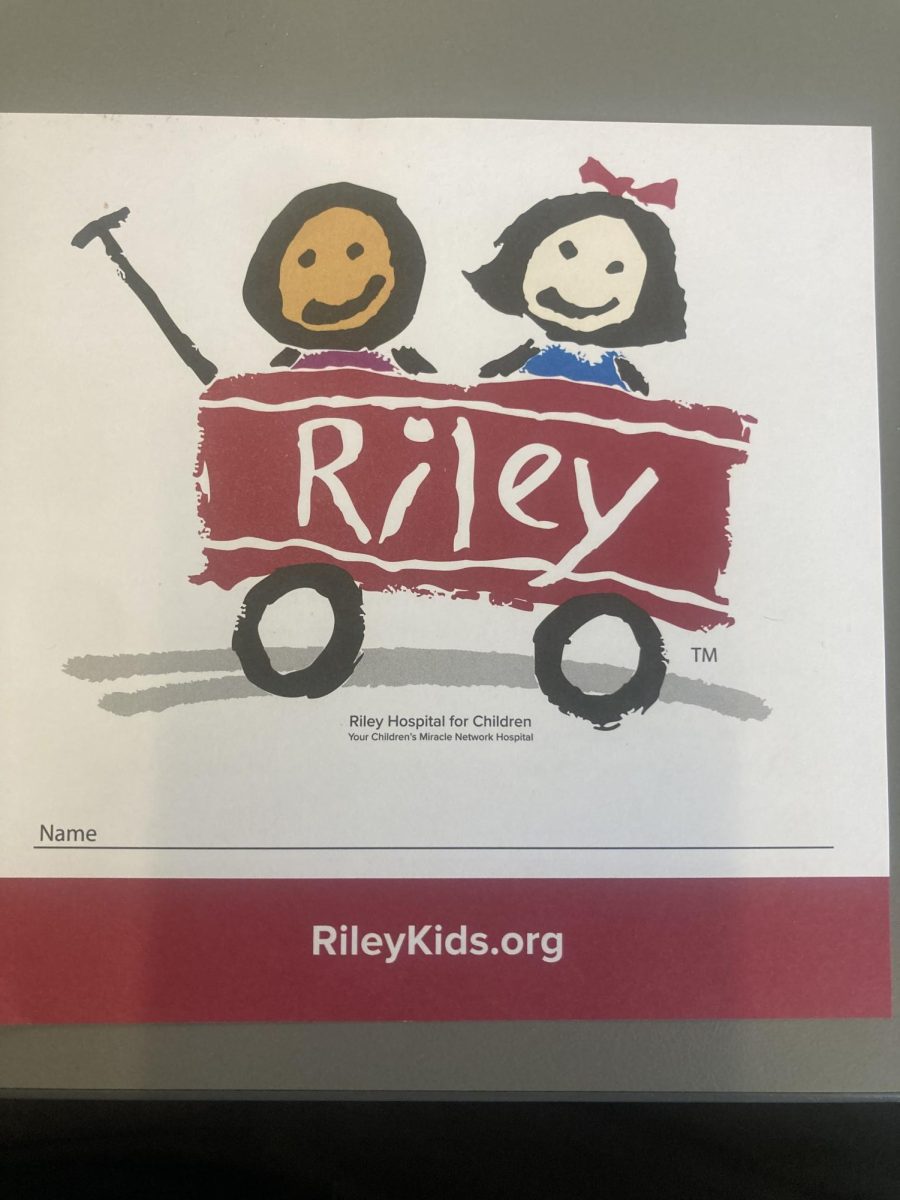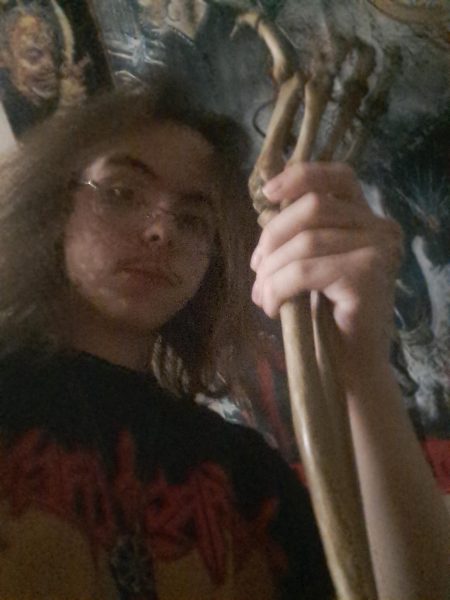Halloween dates back to the ancient Celtic New Years festival called Samhain, (Pronounced Sah-win). Samhain, which means “summers end”, was a pagan religious celebration marking the end of summer and the beginning of a new year. The ancient celtics believed that this was when the veil between the worlds of the living and the worlds of the dead was the thinnest. People dressed up and covered their faces with ashes to ward off evil spirits.
Later on, in the 8th century, with the introduction of the all saints day, it was to be a celebration of christian martyrs and saints and November 2nd became All Souls Day, a day to remember the souls of the dead. As the church sought to replace the pagan festival and tradition with their church sanctioned holiday, the day before All Saints’ Day -now renamed All Hallows’ Day- became All Hallows’ Eve, and then eventually became Halloween. People continued to wear costumes, but they dressed up as angels and devils, around this time, the tradition of going door-to-door for food began to emerge, soon called trick-or-treating.
The history of Halloween has led us to the holiday we know today, during the late 19th and early 20th centuries, Irish immigrants brought their Halloween traditions with them, which blended with the local traditions like carving pumpkins and trick-or-treating. By the 1920s Halloween became more oriented around community rather than Tradition or Religion. And it wasn’t by 1950s when it became the commercialized, kid-friendly, celebration that we know today.









